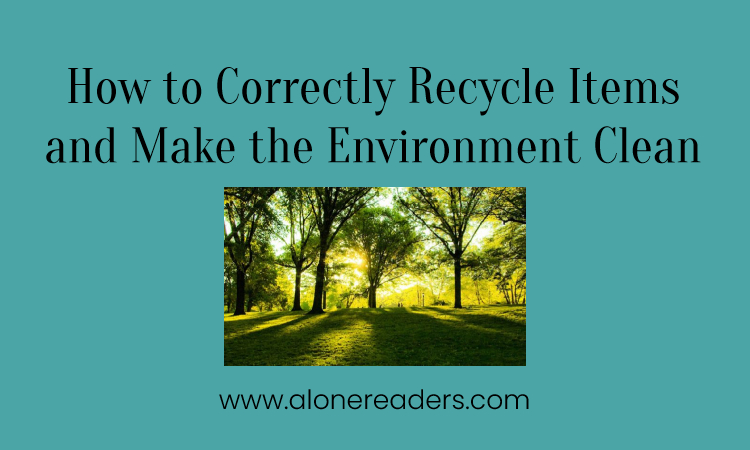
Correctly recycle items involves more than just throwing materials in the blue bin that appears to be reusable. Ignoring them could result in your entire recycling can be dumped in a landfill, depending on where you reside. Recycling items correctly decrease waste in landfills, prevents pollution, preserves natural resources, aids in the fight against climate change, and fosters job possibilities in your community.
The process of gathering and processing materials that would otherwise be thrown away as trash and turning them into new goods is known as recycling. Reducing the amount of trash that is dumped in landfills is another way to compost. In a way, composting is similar to recycling in that you preserve your kitchen wastes in an airtight container and let them break down, producing organic fertilizer for your plant soil. Effective composting techniques can reduce greenhouse gas emissions.
When you correctly recycle items, you contribute to a much bigger picture. The five essential processes of curbside recycling are explained as follows:
A symbol with a number can be seen at the base of a plastic bottle. That sum is not random. You can use it to identify the kind of plastic resin that was used to produce the bottle. Additionally, it serves as a guide for which recycling bin to place your materials.
For example, the number one stands for Polyethylene Terephthalate (PET or PETE), which is frequently found on products like salad dressings and water bottles. Density Polyethylene (LDPE), which is frequently found on the bottom of items like toys and ketchup bottles, is represented by the number four.
Knowing how to correctly recycle items requires getting in touch with your local recycling facility because recycling practices vary by location. The products that are recycled most frequently are:
Here is a list of things that normally cannot be recycled or placed in curbside recycling bins; yet again, you'll want to know what is recyclable in your area:
Even little actions, such as taking the effort to correctly recycle items, can have a large impact. Recycling lessens the number of pollutants entering our environment and is therefore eco-friendly.
Everyone wins from reuse, renewal, and recycling since less waste is dumped in landfills. Recycling consumes less energy than producing the same goods from virgin materials, and it also requires fewer natural resources to meet our needs.
Experts give below tips for more effective recycling:
Knowing the above concepts will give you the confidence to start correctly recycle items and contribute to keeping waste out of landfills. Anything might be recyclable if you're resourceful and knowledgeable enough. If you struggle with climate anxiety, it's one of the easiest things you can do.
Also, keep in mind that recycling contributes to the effort to protect natural resources and reverse climate change.